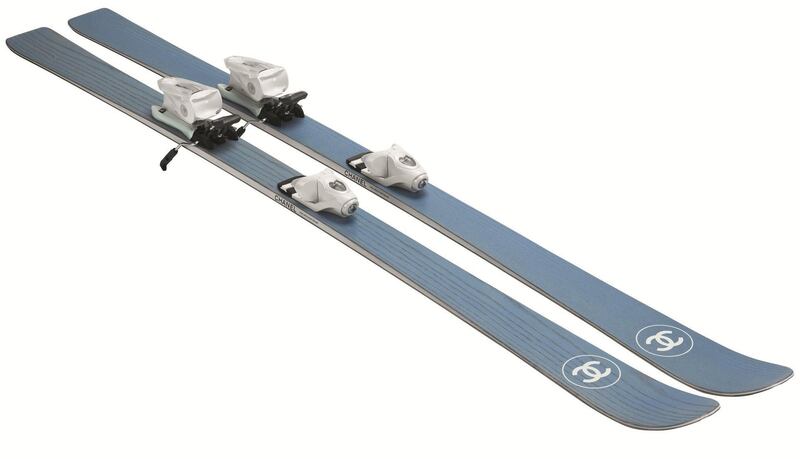Now a favoured and highly fashionable pastime, skiing was not invented for fun, but out of necessity. With many regions around the world cloaked in snow for several months of the year, people discovered they had to find a way to move about or risk starvation.
By the Middle Ages, skiing and snowshoes were a reliable method of transportation throughout northern European countries, with the word ski derived from the Old Norse word for split wood. By the 1790s, the Norwegian army was proficient enough at skiing to start holding competitions. Alpine, or downhill, skiing was invented by the 1880s, and in 1924, the very first Winter Olympics were held in Chamonix in the French Alps.
With heavy skis made of wood and boots still made from leather, winter sports didn’t really get fashionable until the arrival of American brand Burton in 1977. The brand meshed state-of-the-art technology with vivid colours and graphics in its coveted snowboards and, suddenly, carrying a snowboard became a fashion statement rather than a chore. Ski enthusiasts rushed to show off elaborate designs featuring propellers, flames or graffiti.
Chanel unveiled its high-fashion skis and snowboards in 2009, while Louis Vuitton launched balaclavas in 2014, and rigid monogrammed face masks in collaboration with streetwear brand Supreme last year. Today, fashion-conscious skiers are spoiled for choice – online brands Mr Porter and Matches Fashion offer snow jackets by the likes of Fendi and Armani EA7 or après-ski shearling boots by Chloé and Prada.
________________
Read more:
________________





